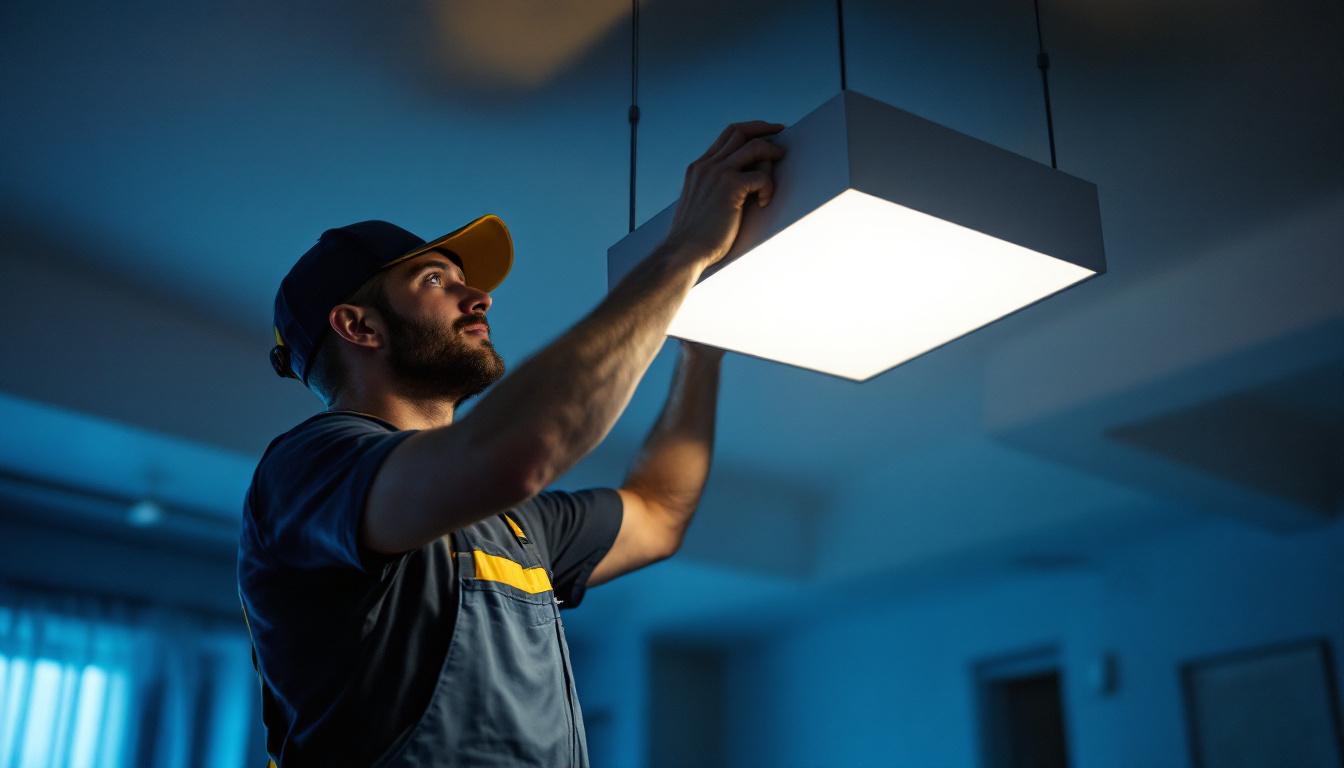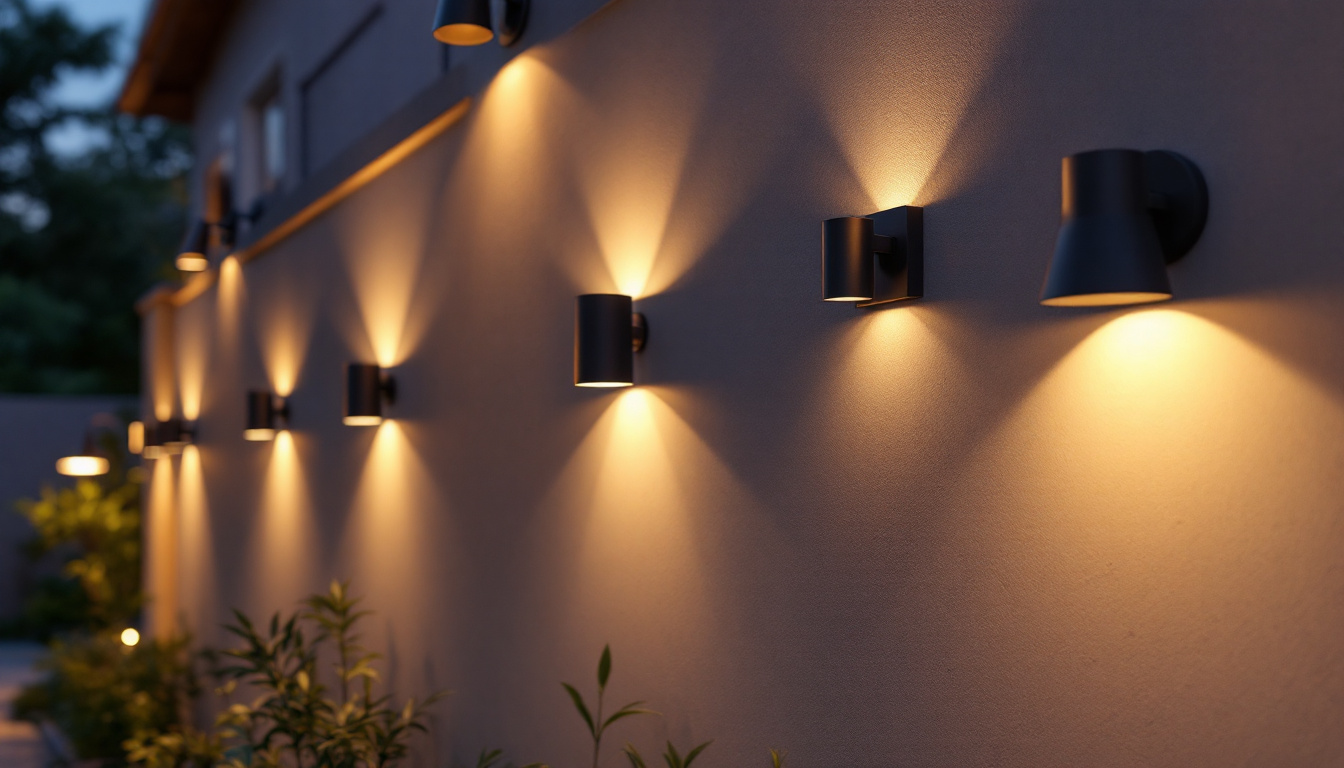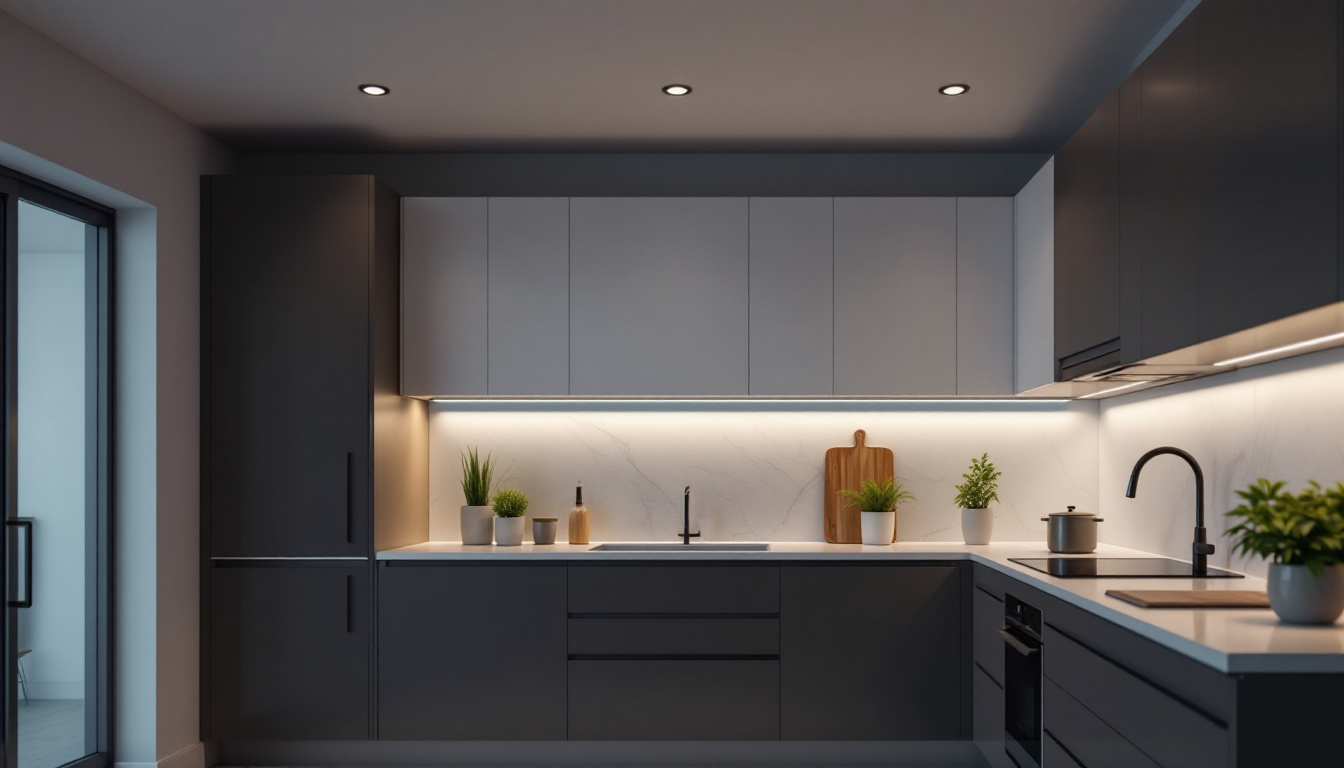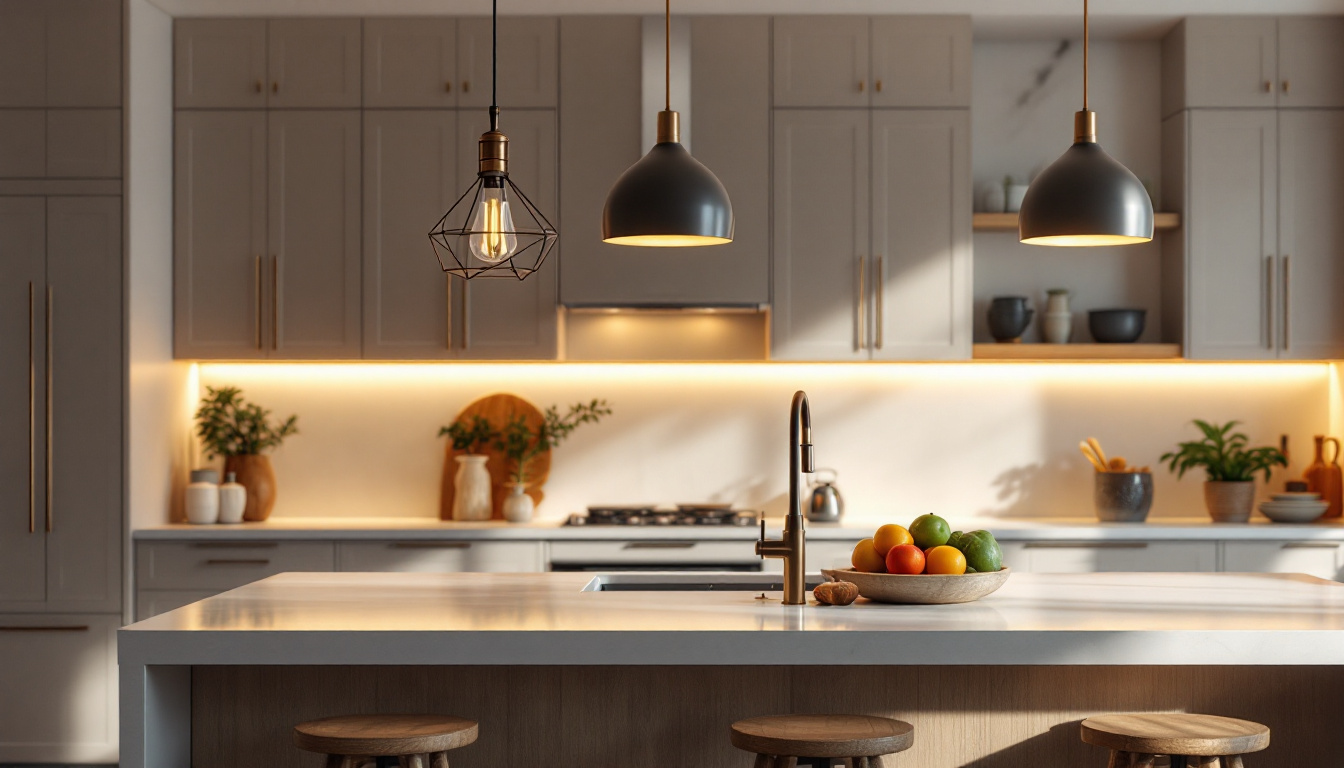
Lighting plays a crucial role in enhancing the aesthetics and functionality of spaces. For lighting contractors, the journey to delivering exceptional lighting solutions often comes with its own set of challenges. This article delves into the intricacies of working with shoebox lights, a popular choice for outdoor and commercial lighting, and offers insights on overcoming the common hurdles faced in this field.
Shoebox lights are a staple in outdoor lighting applications, particularly for parking lots, roadways, and large commercial spaces. Their name derives from their rectangular shape, resembling a shoebox. These fixtures are designed to provide broad illumination and are typically mounted on poles at varying heights, making them ideal for illuminating expansive areas. The design of shoebox lights allows for efficient light distribution, ensuring that large spaces are uniformly lit without dark spots, which is essential for safety and security in outdoor environments.
One of the primary advantages of shoebox lights is their efficiency. Many modern versions utilize LED technology, which not only reduces energy consumption but also extends the lifespan of the fixtures. This transition to LED shoebox lights has revolutionized outdoor lighting, making it more sustainable and cost-effective. In fact, LED shoebox lights can last up to 50,000 hours, significantly reducing the need for frequent replacements and maintenance. This longevity, combined with lower energy bills, makes them a smart investment for businesses and municipalities alike.
When selecting shoebox lights, several features should be considered to ensure optimal performance. First, the lumen output is crucial, as it determines the brightness of the fixture. Higher lumen outputs are necessary for larger areas, while lower outputs may suffice for smaller spaces. Additionally, many shoebox lights come with adjustable lumen settings, allowing for customization based on specific lighting needs, which can be particularly beneficial in areas that experience varying levels of activity throughout the day.
Additionally, the beam angle of the light affects how the illumination is distributed. A wider beam angle can cover more area, while a narrower angle provides focused lighting. Understanding these features helps contractors choose the right fixtures for specific applications. Furthermore, many shoebox lights now incorporate features such as motion sensors and dimming capabilities, which enhance energy efficiency and provide tailored lighting solutions that adapt to real-time conditions, ensuring that light is only used when and where it is needed.
Shoebox lights are versatile and can be used in various settings. Common applications include parking lots, sports fields, and commercial building exteriors. Their robust design and high lumen output make them suitable for areas requiring significant visibility and safety. In addition to these traditional uses, shoebox lights are increasingly being adopted in urban settings for street lighting, where their ability to provide consistent illumination can help improve safety for pedestrians and cyclists alike.
Moreover, these lights can be integrated with smart lighting technologies, allowing for remote control and energy management. This integration not only enhances convenience but also contributes to energy savings and improved operational efficiency. For instance, smart shoebox lights can be programmed to adjust their brightness based on ambient light levels or to dim during off-peak hours, further optimizing energy use. As cities move towards smart infrastructure, the role of shoebox lights in creating safer, more efficient urban environments continues to grow, making them an essential component of modern lighting solutions.
While shoebox lights offer numerous benefits, lighting contractors often encounter challenges during installation and maintenance. Understanding these hurdles is the first step toward developing effective solutions.
One of the most significant challenges in installing shoebox lights is ensuring proper mounting height and angle. Incorrect installation can lead to inadequate lighting, creating safety hazards and diminishing the effectiveness of the fixtures. To mitigate this issue, contractors should conduct thorough site assessments prior to installation.
Another installation challenge is dealing with existing infrastructure. In many cases, contractors must work around pre-existing poles, wiring, or other fixtures, which can complicate the installation process. Careful planning and coordination with other trades can help streamline this process and avoid delays.
Once installed, shoebox lights require regular maintenance to ensure optimal performance. Common maintenance tasks include cleaning the fixtures, checking for electrical issues, and replacing bulbs or components as needed. However, accessing high-mounted fixtures can be a logistical challenge, especially in large commercial spaces.
To overcome these maintenance challenges, contractors can implement a scheduled maintenance program. This proactive approach not only extends the lifespan of the fixtures but also ensures that any issues are addressed promptly, minimizing downtime and maintaining safety standards.
To successfully navigate the challenges associated with shoebox lights, lighting contractors can adopt several strategies that enhance efficiency and effectiveness.
Before beginning any installation project, conducting a comprehensive site assessment is essential. This assessment should include evaluating the area’s lighting needs, existing infrastructure, and potential obstacles. By understanding the unique characteristics of the site, contractors can develop a tailored lighting plan that addresses specific requirements.
Additionally, involving clients in the planning process can help manage expectations and ensure that the final outcome aligns with their vision. Clear communication and collaboration can significantly enhance project success.
Incorporating technology into the lighting design and installation process can streamline operations and improve outcomes. For instance, using design software can help visualize the lighting layout, ensuring optimal placement of fixtures. This technology can also assist in calculating lumen requirements and energy consumption, providing valuable insights for clients.
Moreover, smart lighting solutions can enhance the functionality of shoebox lights. Features such as motion sensors and dimming capabilities allow for energy savings and improved user experience. By staying abreast of technological advancements, contractors can offer innovative solutions that meet evolving client needs.
Investing in training and development for staff is crucial for overcoming challenges in the lighting industry. Regular training sessions can equip team members with the latest installation techniques, safety protocols, and maintenance practices. This knowledge not only enhances efficiency but also fosters a culture of safety and professionalism.
Furthermore, encouraging ongoing education about industry trends and innovations can empower contractors to stay competitive. By keeping abreast of new products and technologies, contractors can offer cutting-edge solutions to their clients, enhancing their reputation and business growth.
Safety is paramount in any lighting project, especially when dealing with high-mounted fixtures like shoebox lights. Lighting contractors must prioritize safety measures throughout the installation and maintenance processes.
Compliance with local and national safety standards is essential for any lighting project. Contractors should familiarize themselves with relevant codes and regulations, ensuring that all installations meet safety requirements. This not only protects workers but also minimizes liability for the contractor.
Additionally, using high-quality materials and fixtures can significantly enhance safety. Investing in durable, weather-resistant fixtures reduces the risk of failures that could lead to accidents or injuries.
Establishing clear safety protocols is vital for ensuring a safe work environment. This includes providing proper training for all team members on equipment usage, fall protection, and electrical safety. Regular safety meetings can reinforce these protocols and encourage open communication about potential hazards.
Moreover, utilizing personal protective equipment (PPE) is crucial during installation and maintenance. Ensuring that all workers are equipped with the necessary PPE can significantly reduce the risk of accidents and injuries on the job site.
The lighting industry is continually evolving, with new trends emerging that shape the future of shoebox lighting. Staying informed about these trends can help contractors remain competitive and meet client demands effectively.
As technology advances, the integration of smart lighting solutions is becoming increasingly popular. Shoebox lights equipped with smart features, such as remote control, dimming capabilities, and adaptive lighting, offer enhanced flexibility and energy efficiency. These innovations not only improve user experience but also contribute to sustainability efforts.
Contractors who embrace smart lighting technologies can provide clients with modern solutions that enhance safety and convenience. This shift toward intelligent lighting systems is expected to continue, making it essential for contractors to stay informed about the latest developments in this area.
With a growing emphasis on sustainability, the demand for energy-efficient lighting solutions is on the rise. Shoebox lights utilizing LED technology are already leading the way in this regard, but further advancements are expected. Contractors should focus on promoting energy-efficient options to clients, highlighting the long-term cost savings and environmental benefits.
Moreover, incorporating renewable energy sources, such as solar-powered shoebox lights, can enhance sustainability efforts. As clients become more environmentally conscious, offering green lighting solutions can set contractors apart in a competitive market.
Lighting contractors face various challenges when working with shoebox lights, from installation difficulties to maintenance concerns. However, by adopting strategic approaches, leveraging technology, and prioritizing safety, contractors can overcome these hurdles and deliver exceptional lighting solutions.
As the industry continues to evolve, staying informed about trends and advancements will be crucial for success. By embracing innovation and sustainability, lighting contractors can enhance their offerings and meet the ever-changing needs of their clients.
In the realm of lighting, the journey may be fraught with challenges, but with the right strategies in place, contractors can illuminate the path to success.
Ready to tackle your next lighting project with confidence? LumenWholesale is here to support you every step of the way. Our spec-grade shoebox lights and other lighting products are designed to meet the highest industry standards, ensuring you deliver exceptional results to your clients. With unbeatable wholesale prices and the convenience of free shipping on bulk orders, we’re committed to providing you with the best value in lighting solutions. Don’t let inflated markups dim your project’s potential. Choose LumenWholesale for quality, affordability, and convenience. Explore our selection and find the perfect lighting at the best value today!

Discover the essentials of isolated ground receptacles in just five minutes.

Discover the essential role of outdoor wall lighting in modern design and why it’s a must-have for every lighting contractor.

Discover how recessed lighting can transform your kitchen into a brighter, more efficient space.

Discover the key considerations and expert tips for lighting contractors when selecting the perfect lights for kitchen islands.